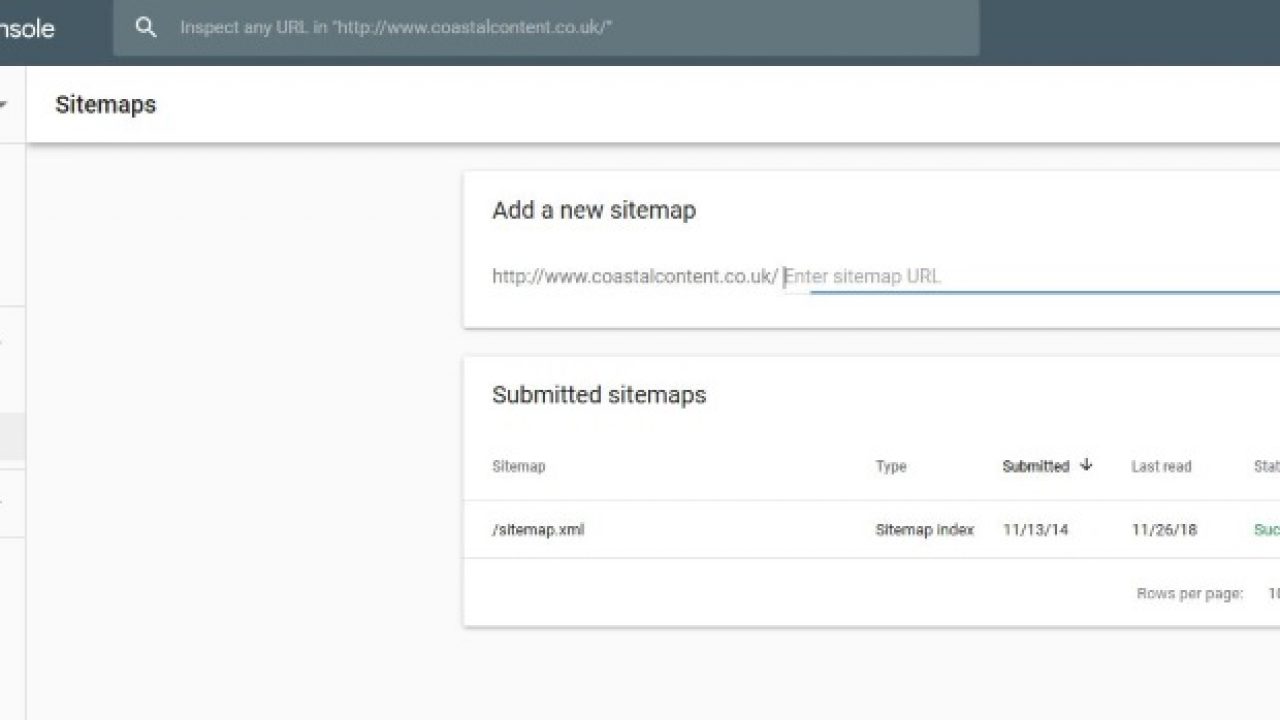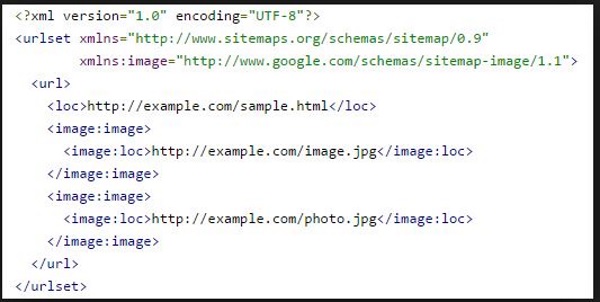How To Add sitemap.xml to your Blogger Blog

A sitemap is like a street map for your blog. It’s an XML file that tells the search engine what pages are on the site, what they are called and how to navigate to them. It’s an essential element of website SEO and every website or blog should have one if it wants to be indexed by the search engines. So how can you add a Blogger sitemap.xml to the search engines?
Blogger is a free hosting site for basic blogs. It’s an excellent introduction into the world of blogging and is cool because it takes all the work out of building and hosting your own blog and helps you concentrate on the good stuff, the writing and publishing. It is free and offers many of the basic tools required to get a blog up and running in the shortest time with the minimum effort.
One thing it doesn’t do so well is onsite SEO. It has basic optimization options to get you started but once your blog grows, you’re going to want to move it somewhere else. One limitation is within the sitemap.xml. It has one but you have to submit it to the search engines yourself and sometimes it doesn’t list all of your pages or posts.

Sitemap.xml
A sitemap isn’t anything to look at. It’s a page of XML markup that tells Google, Bing or other search engines how your blog is set up, what menu options there are and what pages are published on it. As the engines don’t really understand language and will not understand images, it’s a simple way to tell the search engine what your blog is about.
Blogger does publish a basic sitemap but it isn’t a comprehensive one. It is limited to the most recent blog posts so if you run a larger blog or having been doing it for a while and have more pages, they may not be included. That’s not ideal if you put your heart and soul into your blog.
Not so long ago, you had to create an RSS feed to ‘encourage’ Google to create a sitemap for your blog. Now Google does it automatically. You can check yours out at http://yourblog.blogspot.com/sitemap.xml. Change ‘yourblog’ to your blog URL and an XML page like the image above should be displayed.
Add a Blogger sitemap.xml to the search engines
A sitemap is a very minor aspect of onsite SEO and has negligible effect on your search engine rankings. However, SEO is an industry of marginal gains so every little helps. Considering it takes just a couple of minutes, it’s well worth doing. I’ll cover Google and Bing as they are the main search engines right now but you can include others if you wish as the principles will be largely the same.
Add a Blogger sitemap.xml to Google
If your blog is full of good quality content, Google should crawl your blog eventually without you having to do anything. If you want to make sure the search engine knows about your blog, you can help it along a little. There is no evidence that submitting your own sitemap.xml to Google speeds things up or makes it more likely that it will crawl your site but you have nothing to lose and everything to potentially gain.
Assuming you have a Gmail account, do this:
- Log into your Google Search Console.
- Select Sitemaps from the left menu.
- Add a new sitemap for your blog in the center using the URL format above.
- Select Submit.
The correct format is ‘http://yourblog.blogspot.com/sitemap.xml’. The Search Console will tell you if it can reach and understand the sitemap once you hit Submit.

Add a Blogger sitemap.xml to Bing
Like Google, Bing should pick up your blog eventually but you can help it along a little if you want. Again, adding a sitemap to Bing is no guarantee that it will crawl your blog but you have to be in it to win it.
- Log into Bing Webmaster Tools.
- Select Add a Site and enter the URL.
- Select Add a Sitemap and enter the sitemap URL.
- Select Add.
- Select a verification method in the next screen.
- Perform the verification step and select Verify.
The easiest way to verify ownership is the HTML code method. Copy the HTML from Bing and add it just inside the <head> tag on your blog home page. Save the changes and then hit Verify in Bing Webmaster Tools.
A sitemap has a minor impact on your SEO and search engine ranking but it does have an impact. That means it is well worth using considering it only takes a couple of minutes to do. Now Google automatically creates the sitemap for you, there is no excuse not to submit it!

















One thought on “How To Add sitemap.xml to your Blogger Blog”